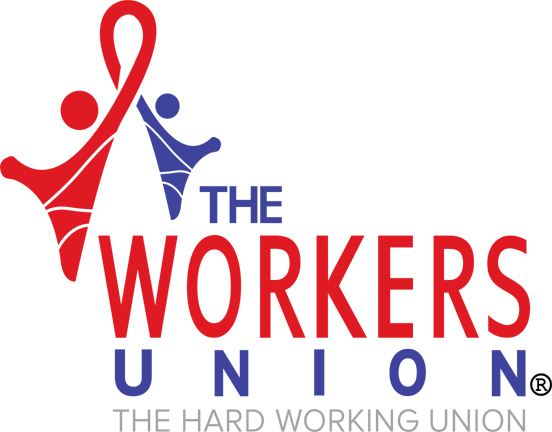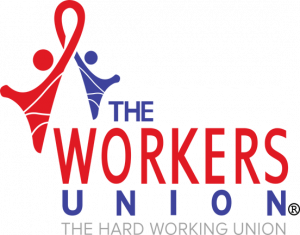The UK workforce is grappling with a fresh wave of economic uncertainty as the latest labour market statistics reveal falling wage growth, rising unemployment, and weakening employer confidence. According to figures released by the Office for National Statistics (ONS), average regular earnings growth for UK workers slipped to 5.6% in the three months leading to March 2025—down from 5.9% in the previous period and the lowest rate recorded since November.
When bonuses are included, total pay growth slowed to 5.5%, representing a 0.2 percentage point drop from February. Once adjusted for inflation using the consumer prices index including owner-occupiers’ housing costs (CPIH), the real terms growth in pay stands at 1.8% for regular earnings and 1.7% for total pay—figures that underline the pressure facing household incomes in an inflation-conscious environment.
Unemployment on the rise
The ONS reported a rise in the UK’s unemployment rate to 4.5%, up from 4.4% in the previous quarter. This marks a subtle yet telling shift that aligns with broader economic patterns, suggesting that more individuals from the UK workforce are on the move and are now actively seeking work, but struggling to secure employment.
Youth unemployment also remains a notable concern, now reaching 12.8%—a stark reminder of the ongoing difficulties facing younger members of the UK labour force. Meanwhile, the number of payrolled employees in the UK dropped 0.3% year-on-year, falling to 30.3 million in April. This decline reinforces a picture of caution and restraint among employers.
Sector shifts and shrinking vacancies
The most significant job growth occurred in the health and social work sector, which added 87,000 employees, while the accommodation and food services industry saw the largest reduction, shedding 107,000 workers.
In addition, the UK’s labour market has now experienced its 34th consecutive quarterly fall in job vacancies, with the number of available positions dropping by 42,000 (5.3%) in the February to April period. This brings the total number of vacancies down to 761,000, which is 14.7% lower than the same period last year.
Expert insights highlight a mixed outlook
Kate Shoesmith, Deputy Chief Executive of the Recruitment and Employment Confederation (REC), reflected on the stagnation in hiring activity, stating:
“While there are few surprises, the lack of momentum in the jobs market is the key issue here, with vacancies falling back further – an expected outcome after recent rises to employment costs. But much of the data now also points towards an upturn in the second half of 2025 – and not before time.”
Ben Harrison, Director of the Work Foundation at Lancaster University, added:
“Today’s figures suggest the UK labour market is approaching a crossroads. Headlines indicate employment remains resilient and pay growth continues to be strong, while more of those who have been economically inactive are now looking for work. However, vacancies are continuing their long-term decline, which may make returning to the labour market more challenging.”
From a broader economic perspective, Seemanti Ghosh, Principal Economist at the Institute for Employment Studies, cautioned:
“Employment remains flat, with a modest decline in economic inactivity offset by a corresponding rise in unemployment suggesting that more people are now actively seeking work but are struggling to find it. This is reflected in the increase in the unemployment-to-vacancy ratio compared to the previous month.”
Ghosh also warned that “hiring confidence is weak” and employer behaviour indicates a hesitancy in workforce investment, underlining a fragile environment ahead of potential economic shifts later this year.
Navigating the road ahead for UK workers
These latest figures serve as a sobering snapshot of the challenges facing the UK workforce. While some indicators suggest a future recovery, the current slowdown in wage growth, coupled with declining job opportunities and rising unemployment, paints a cautious picture for workers across the country.
Sectors such as healthcare continue to offer opportunities, but other industries—particularly hospitality and accommodation are seeing contraction. With economic inactivity decreasing, more individuals are seeking work, but the mismatch between jobseekers and available roles is widening.
The Workers Union Says…
“Looking ahead, market analysts and employment specialists will be closely watching the second half of 2025 for signs of a potential rebound. In the meantime, both job seekers and employers are advised to stay vigilant and adaptive in the face of evolving economic conditions.”




